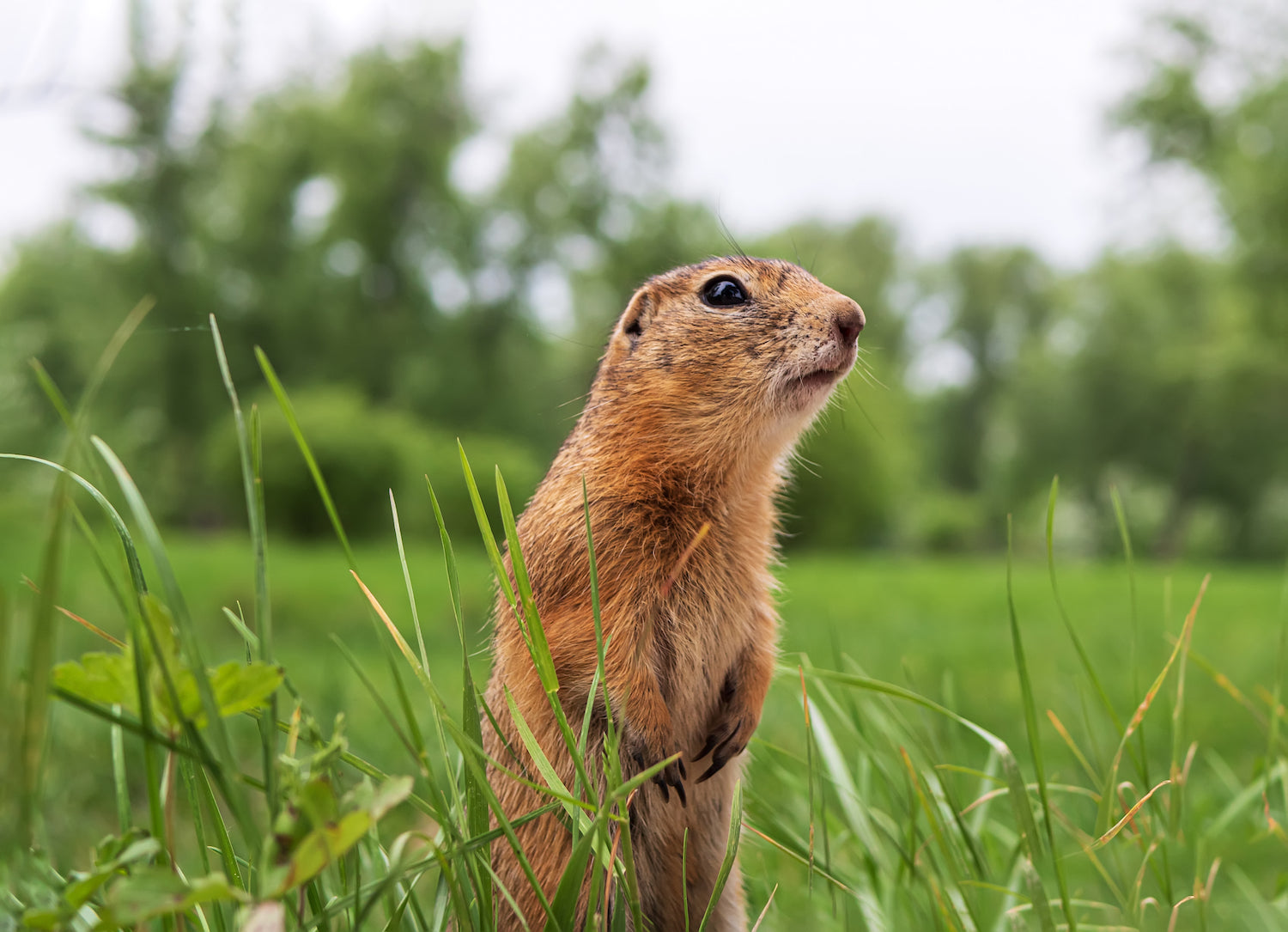What is the Difference Between a Mole and a Gopher?
Share
When it comes to yard pests, two of the most frequently confused animals are moles and gophers. While both can wreak havoc on your garden and lawn, they are very different creatures with distinct behaviors and characteristics. In this article, we will explore what is the difference between a mole and a gopher, including their physical features, habitats, and the impact they have on our environment.
Moles are small, burrowing mammals known for their unique appearance and subterranean lifestyle. Gophers, on the other hand, are also burrowing rodents, but they belong to a different family and exhibit different traits. Understanding these differences can help homeowners cultivate their gardens more effectively and choose the appropriate pest control methods.

Physical Characteristics of Moles and Gophers
To start with, lets highlight the primary physical differences between moles and gophers. Moles typically have elongated bodies with pointed snouts and webbed feet, which help them dig swiftly through the soil. Their fur is soft and velvety, often in shades of brown or gray. In contrast, gophers are stockier, with shorter legs, larger cheeks for storing food, and a more robust frame overall.
Mole Features
- Length: Generally 4-10 inches long
- Weight: Around 1-2 pounds
- Color: Soft brown or gray fur
- Feet: Large, webbed front feet for digging
Gopher Features
- Length: Typically 6-12 inches long
- Weight: Ranges from 0.5-1 pound
- Color: Brown, yellowish, or grayish
- Cheeks: Large cheeks to store food
Habitat and Behavior
The habitats of moles and gophers also vary. Moles prefer moist, rich soil where they can dig extensive tunnel systems to search for their primary food source: earthworms and other insects. They seldom come to the surface and are more active during the night.
Gophers, in contrast, dig their tunnels deeper into the ground and are often seen above ground than moles. They reside in a wider variety of soils and typically consume roots, tubers, and other plant material. Gophers often leave distinctive crescent-shaped mounds of excavated soil on the surface, making their presence known.
The Damage They Cause
When considering what is the difference between a mole and a gopher, it is essential to understand their impact on gardens and lawns. Moles are primarily beneficial for the ecosystem as they aerate the soil and control the insect population. However, their tunneling can disturb roots and shallow plant structures.
On the other hand, gophers can cause significant damage to gardens and landscaping by eating plants and their roots. Their burrowing activities can lead to soil erosion and destabilization of the ground, especially if their population becomes excessively large.
How to Manage Moles and Gophers
For those dealing with either moles or gophers, its crucial to choose the right method for control. To manage mole populations, consider using humane traps that capture them live. For gophers, you may need to employ methods such as baiting, or you can find more information about effective strategies to eliminate gophers here.
Additionally, understanding the signs of their presence is essential in deciding when to take action. Mounds of dirt and tunneling patterns indicate gophers are nearby, whereas raised ridges in the lawn signify mole activity.

Conclusion
In summary, while both moles and gophers are burrowing creatures that can impact your garden, their differences in physical characteristics, behavior, and the damage they cause help in understanding how to deal with them effectively. By recognizing what is the difference between a mole and a gopher, you can take appropriate action to protect your yard and maintain the balance of the ecosystem.
If you're still interested in pest control techniques for gophers, you can check out more tips here.
As an Amazon Associate, I earn from qualifying purchases.
